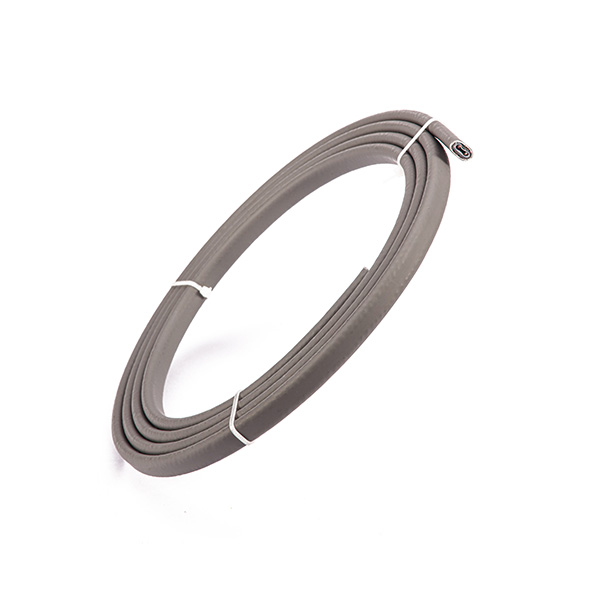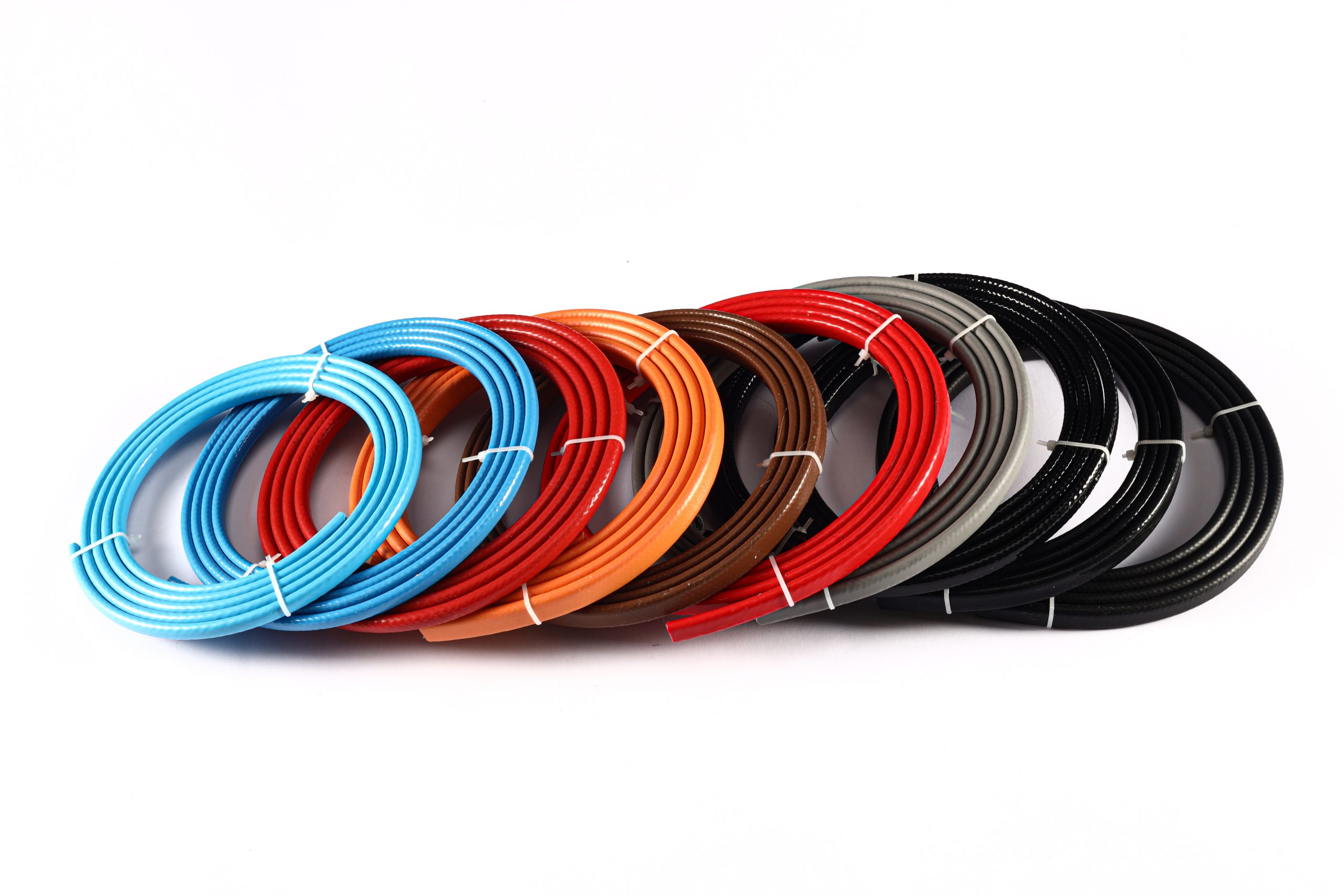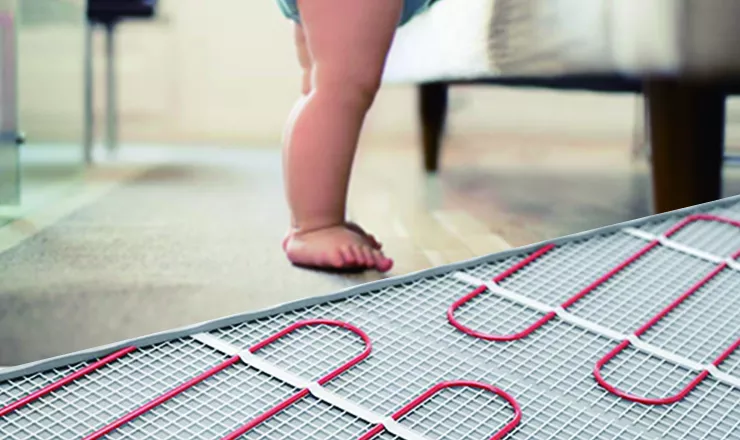Industrial heat trace systems play a crucial role in maintaining optimal temperatures for various processes, equipment, and pipes within manufacturing facilities. Regular maintenance and timely troubleshooting are essential for ensuring the efficiency and reliability of these systems. In this article, we will provide a comprehensive guide to help facility managers effectively maintain and troubleshoot industrial heat trace systems.

1. Regular Inspection:
Regular inspections are key to identifying and addressing potential issues before they escalate. Here are some important aspects to consider during inspections:
– Check for physical damage or wear and tear on heat trace cables, connections, and insulation.
– Ensure proper routing and secure fastening of cables to prevent abrasion or accidental damage.
– Verify the proper functioning of power distribution panels and control systems.
– Inspect temperature sensors and thermostats for accuracy and proper installation.
– Remove any debris or obstructions that may affect heat transfer.
2. Cleaning and De-Icing:
Accumulation of dirt, dust, or ice can compromise the performance of heat trace systems. Regular cleaning and de-icing activities should be performed, especially in cold climates or areas prone to contamination. These activities may include:
– Using compressed air or brushes to remove debris from cable surfaces.
– Applying approved cleaning solutions to effectively remove contaminants.
– Monitoring and de-icing critical areas to prevent ice build-up and potential system failure.
3. Electrical Connections:
Proper electrical connections are vital for the safe and efficient operation of heat trace systems. Follow these guidelines:
– Check and tighten all electrical connections regularly to prevent loose connections and potential system failures.
– Inspect junction boxes and termination kits to ensure they are securely sealed against moisture ingress.
– Verify that the electrical supply matches system requirements and that circuit breakers are appropriately sized.

4. Testing and Calibration:
Periodically testing and calibrating the components of your heat trace system is crucial to maintaining accurate and reliable operation. Consider the following:
– Test and calibrate temperature sensors and thermostats according to manufacturer recommendations.
– Use a certified thermometer or infrared camera to verify the accuracy of the heat trace system’s heat output and temperature control.
5. Troubleshooting:
In the event of a system failure or suboptimal performance, it is important to troubleshoot the problem methodically. Here are some troubleshooting steps to follow:
– Identify the specific area or component of the system that is experiencing issues.
– Check for power supply irregularities or disruptions.
– Inspect cables and connections for damage, loose connections, or wire breakage.
– Verify that control systems, thermostats, and temperature sensors are functioning correctly.
– Refer to the system’s manual or consult with a professional for further guidance if the issue persists.
As an industrial heat trace manufacturer and exporter, our main objective is to deliver top-notch products and services to our customers. With a strong emphasis on quality, we strive to provide reliable and efficient solutions that meet and surpass industry standards. Whether it’s for freeze protection, temperature maintenance, or process heating, our team is dedicated to delivering excellence in every aspect. We invite users to browse our website and discover the cutting-edge technologies and personalized solutions we bring to the table.






